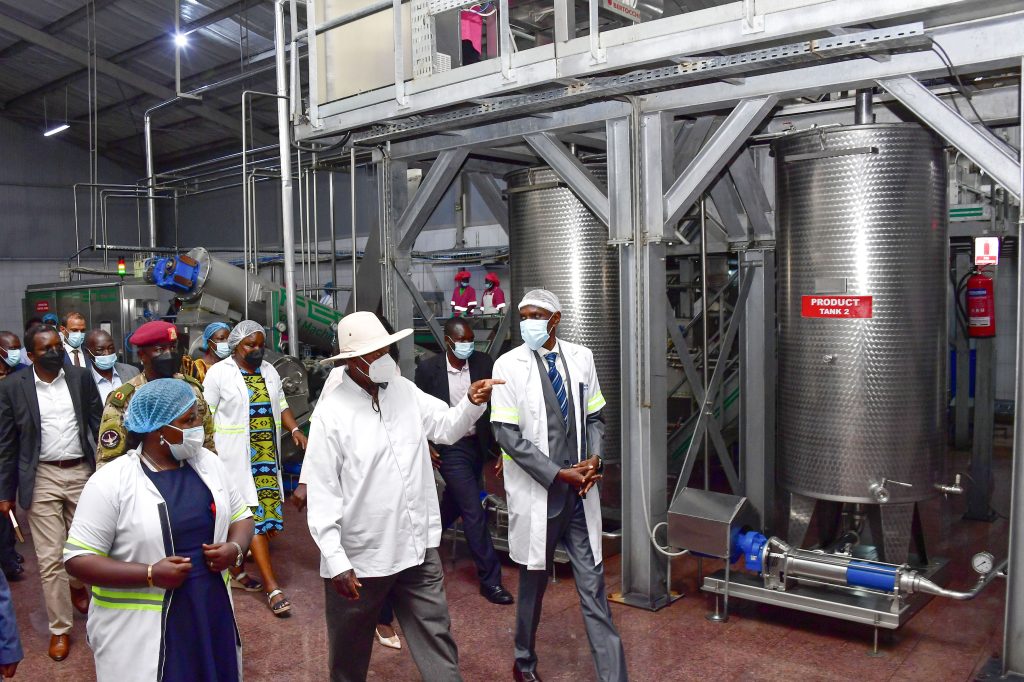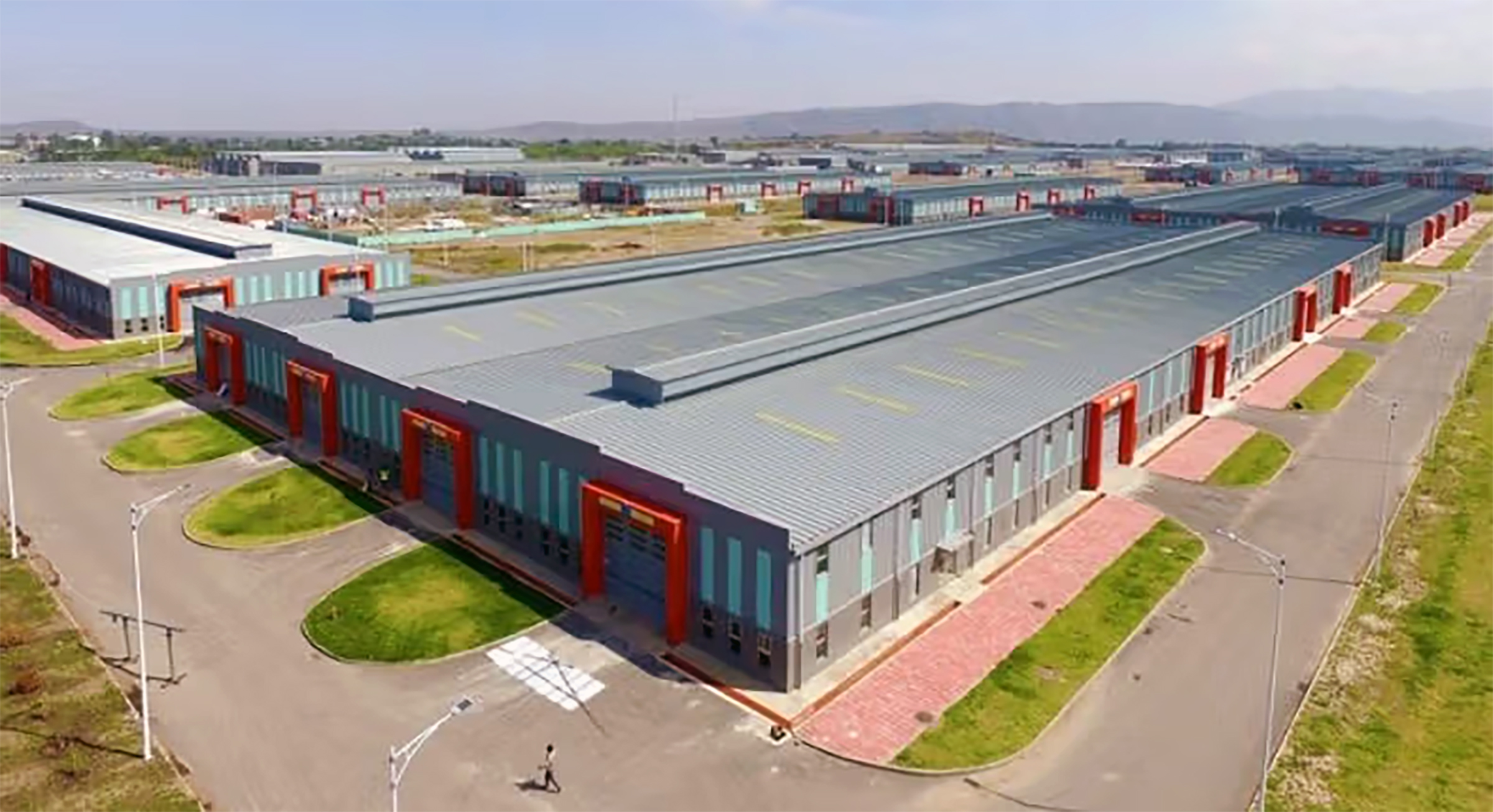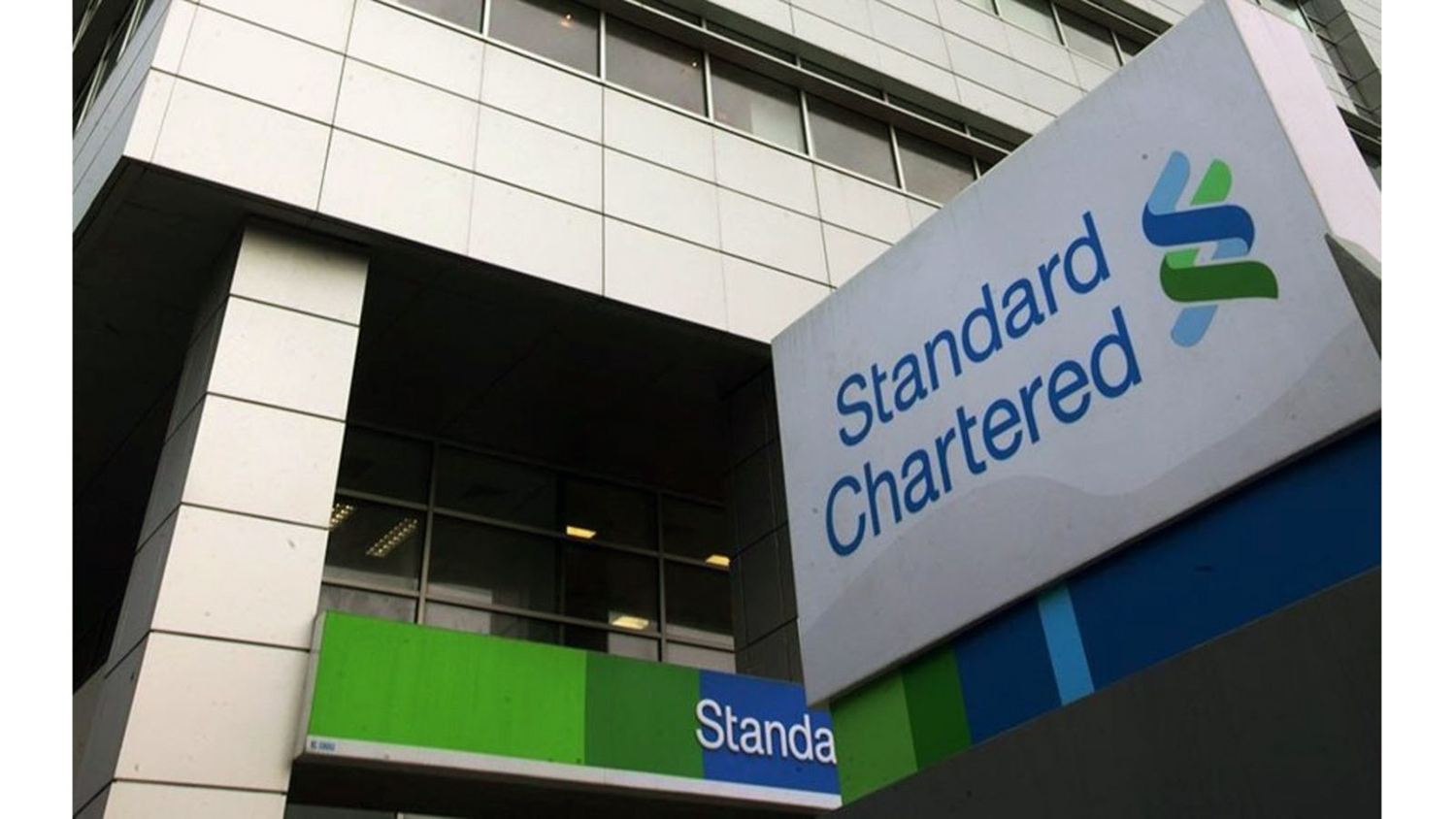PMI: Private sector maintains growth trend

A worker operates a machine at a sugar factory. The manufacturing sector has maintained a positive growth outlook.
Uganda’s private sector showed resilience in October, with business conditions improving steadily as firms reported robust demand and increased hiring. The latest Stanbic Purchasing Managers’ Index (PMI) places the index at 52.9 for October, slightly down from 54.2 in September.
The PMI report, based on data gathered between October 10-29, 2024, highlights continued recovery within the private sector, driven by a surge in demand across key industries. To meet this demand, companies increased their output, hired more staff, and invested in advertising and product quality enhancements.
The PMI surveys purchasing managers to get information about different areas of the economy, such as new orders, inventory levels, production, and supplier deliveries. This can help analysts understand which sectors are growing or contracting.
- A PMI above 50 indicates expansion in the manufacturing sector compared to the previous month, while a PMI below 50 represents contraction.
Mulalo Madula, the Senior Analyst at Stanbic Bank, said the sustained output growth reflects Uganda’s favourable demand environment.
“The October PMI results underscore the resilience of the Ugandan economy. Manufacturing companies, in particular, are ramping up hiring as demand climbs, and the backlog of work begins to ease,” she noted.
- Compiled by S&P Global, the Stanbic PMI reflects the economic health of Uganda’s private sector by surveying about 400 purchasing managers in various sectors including agriculture, mining, manufacturing, construction, wholesale, retail, and services.
 Mulalo Madula, the Senior Analyst at Stanbic Bank, says the sustained output growth reflects Uganda’s favourable demand environment.
Mulalo Madula, the Senior Analyst at Stanbic Bank, says the sustained output growth reflects Uganda’s favourable demand environment. A rising PMI can indicate inflationary pressures, as higher demand for goods and services may push up prices. Consequently, the Central bank and policy makers use PMI data to make decisions about interest rates and other economic policies.
While Ugandan businesses faced a notable rise in costs, including purchase and staff expenses, they responded by raising selling prices.
Input costs, particularly in raw materials and wages, grew across all monitored sectors.
Despite inflationary pressures, the companies passed these costs on to consumers, demonstrating strong underlying demand.
- All five surveyed sectors reported increased spending, particularly on wages and raw materials, which drove input price inflation. Wage bills rose as businesses prepared for continued demand, with inventory levels also expanding to accommodate future growth.
- “The ability to pass increased costs onto consumers highlights a resilient demand environment. Even with the rising cost of operations, overall business sentiment remains positive, with confidence in future growth,” added Mulalo.
This positive outlook is underpinned by improvements in specific sectors, especially manufacturing and construction, where demand has been particularly buoyant.
The PMI data signals that Uganda’s private sector is on track to maintain its growth trajectory as businesses adapt to rising costs and shifting market dynamics.
As the year closes, the resilience of Uganda’s businesses, coupled with strong demand, suggests that the private sector will continue navigating the challenges ahead, maintaining positive momentum and contributing to economic growth



.jpg)












































